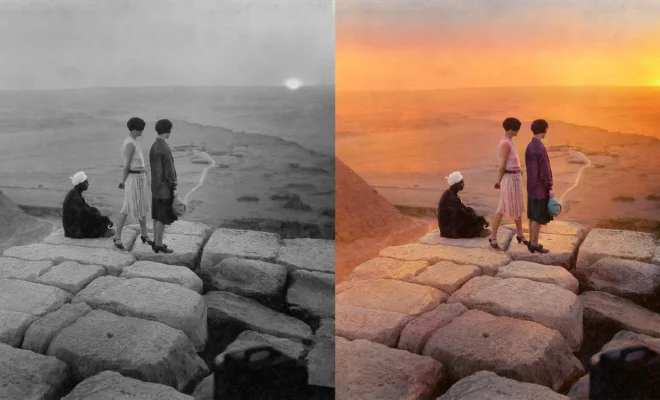What is a Graphical User Interface (GUI)?

A graphical user interface (GUI) is a type of user interface that allows users to interact with, and manipulate, computer applications by using graphical elements such as icons, windows, and menus. It is specifically designed to provide users with an intuitive and easy-to-use interface that abstracts away computing complexities, and provides a friendlier face for humans to interact with computers.
GUIs were first introduced in the 1970s with the development of the Xerox Alto, which used a desktop metaphor to provide a familiar working environment for users. The first widely used GUI-based operating system was Apple’s Macintosh, introduced in 1984. Since then, GUIs have become the predominant type of user interface for most computer systems, including desktop computers, smartphones, tablets, and other mobile devices.
One of the biggest advantages of GUIs is that they allow users to interact with applications and software without having to learn complex and tedious command-line codes. Instead, a GUI provides a set of elements that are intuitively familiar and easy to interact with, such as buttons, text boxes, drop-down menus, checkboxes, and more.
Another advantage of GUIs is that they provide users with visual feedback, which is essential for many types of applications such as image editing and video production. For example, the user can preview changes made to an image or video using a graphical interface before applying the changes.
The elements of a GUI are typically arranged in windows, which can be moved, resized, and closed. These windows may contain menus, dialog boxes, and other elements that allow users to manipulate data, change settings, and access different features.
Some examples of well-known GUI-based operating systems and applications include Microsoft Windows, Apple macOS and iOS, and the Google Android operating system. These systems all provide users with a variety of graphical elements such as windows, icons, and toolbars that make it easier to access and manipulate information.
In summary, a graphical user interface (GUI) is a type of user interface that uses graphical elements such as icons, windows, and menus to allow users to interact with computer applications. GUIs are easy to use, visually appealing, and provide users with visual feedback, making them an essential component of modern computing.





